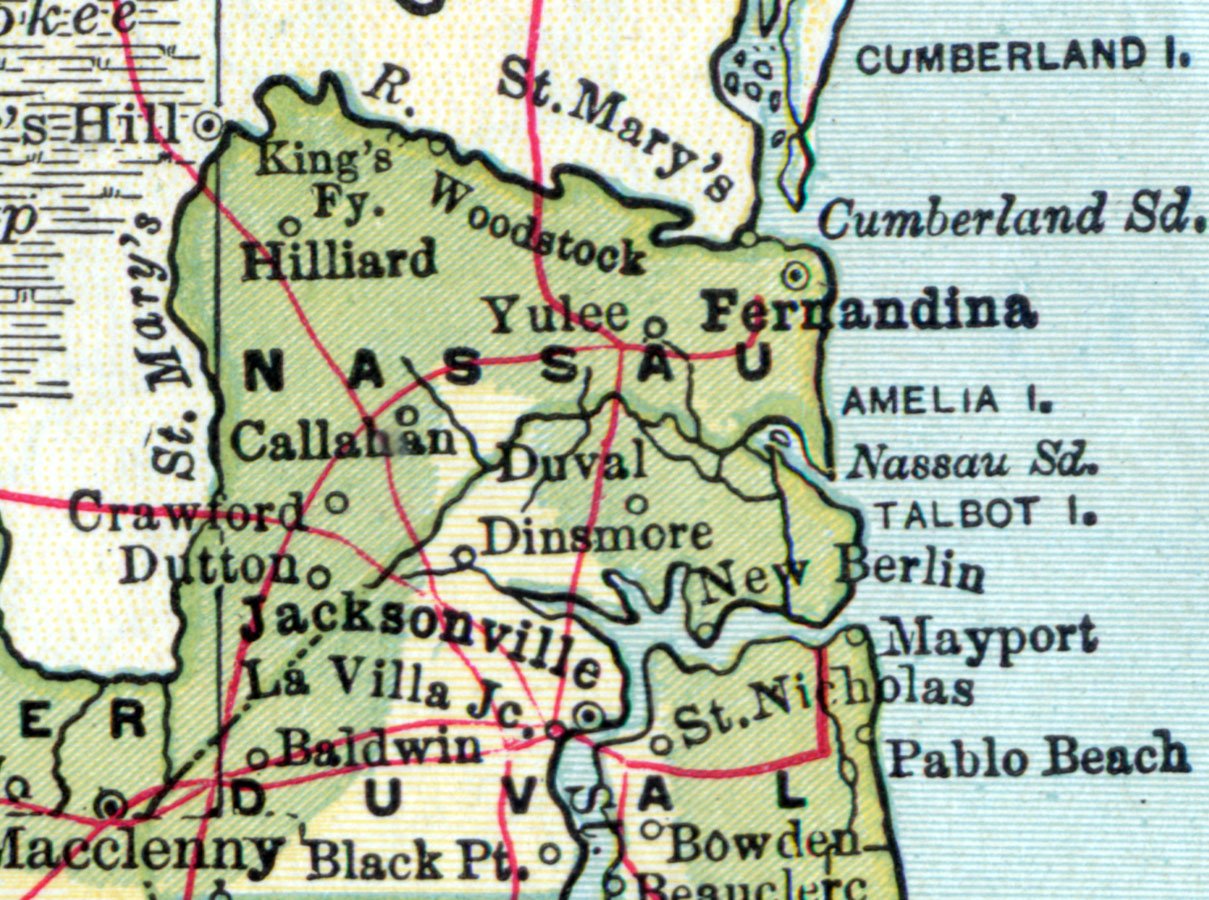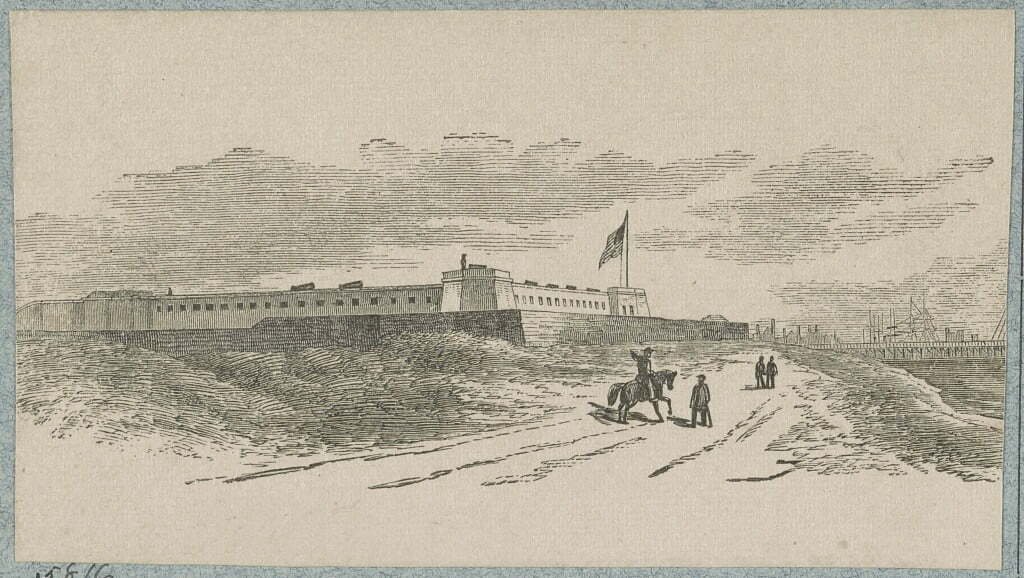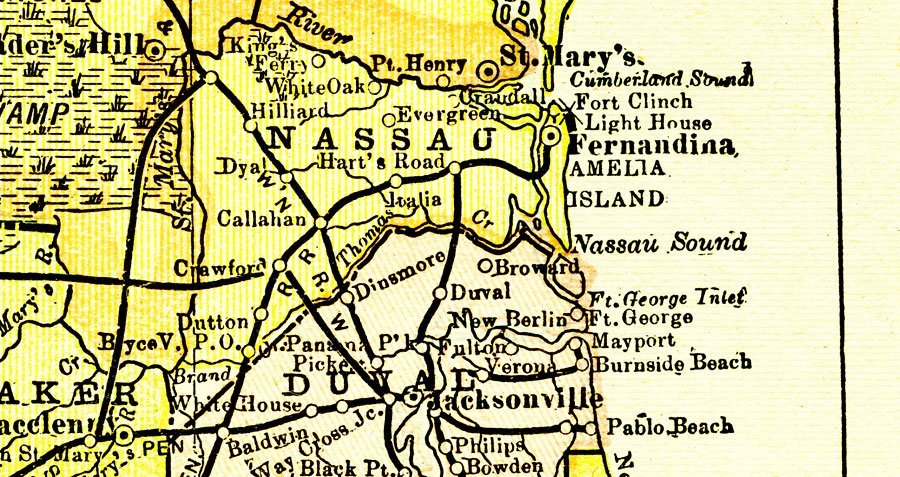Pro Cuba and City Expansion, 1895-1937
Building up to the Spanish-American war the port of Fernandina was used as a base of operation for those sympathetic to the Cuban plight. Arms, ammunition, and recruits were shipped from her port to Cuba. Once War was declared Fort Clinch was prepared for up to 10,000 soldiers and the economy of Fernandina began to grow again. But it was short lived as additional railroads built out in the early 20th Century to cities like Jacksonville and Savannah. Finally, in the late 1930s, the mills arrived in Fernandina and released the citizens of the community from their reliance on cotton and tobacco to timber and industry.
Pro Cuba and City Expansion, 1895-1937 Read More »






